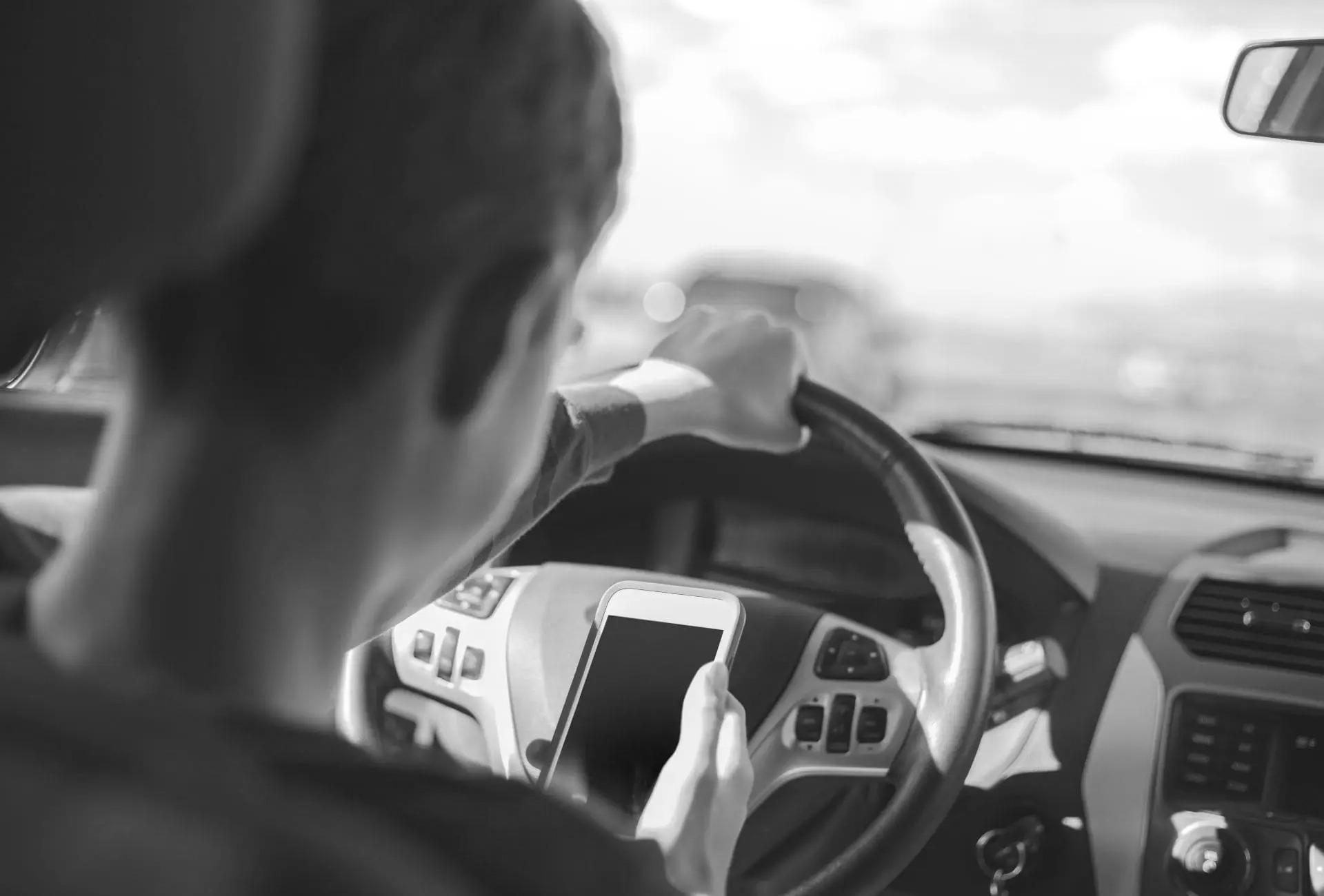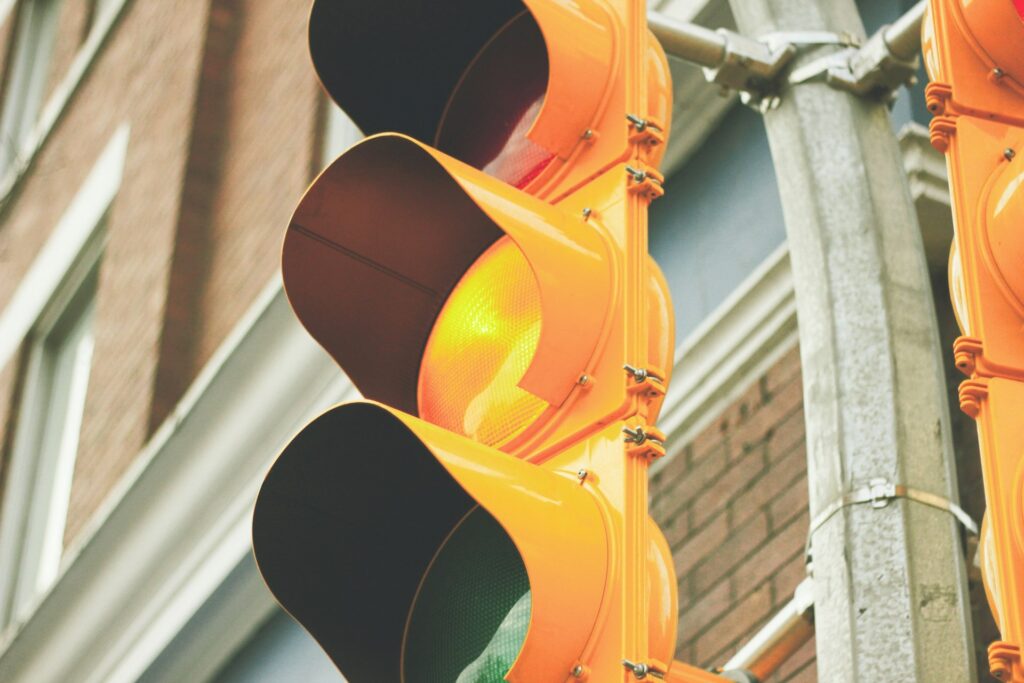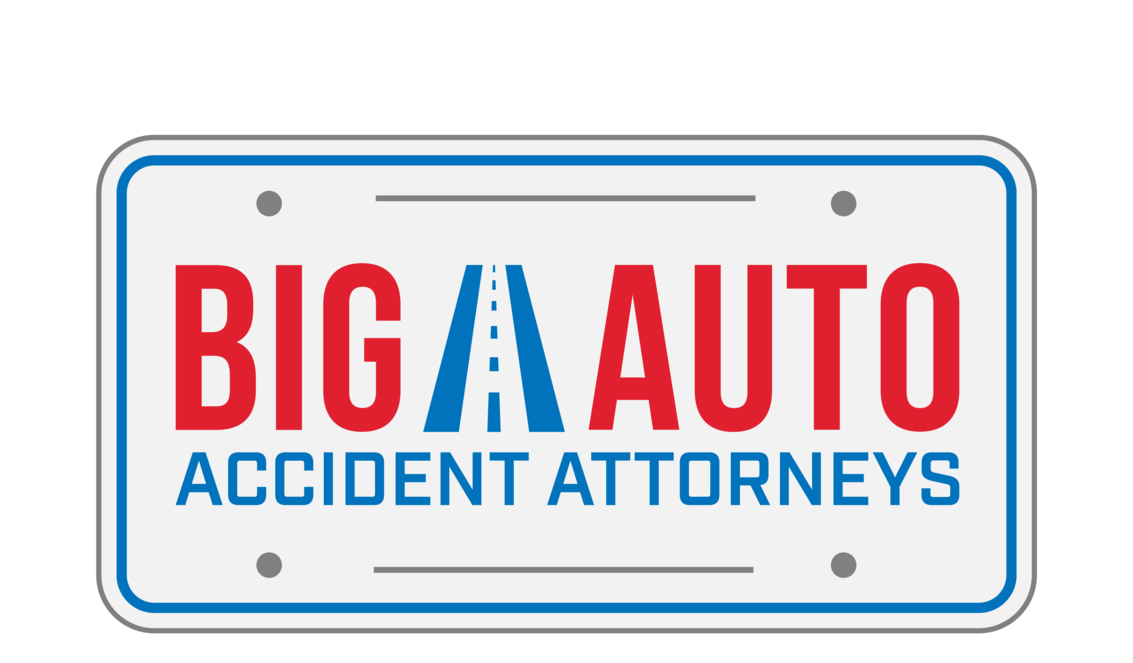RUNNING A STOP SIGN CAR ACCIDENT ATTORNEYS
FREE CASE REVIEW FREE CASE REVIEW ⟶YOUR NATIONAL TEAM
BIG AUTO has won MILLIONS for their clients
Proceeding through roadway intersections can be dangerous for motorists, cyclists and pedestrians. Most larger intersections have traffic lights to regulate the flow, but many intersections use stop signs to keep everyone safe. Almost everyone in the U.S., including children, recognizes stop signs and their meaning on sight. Unfortunately, some drivers run stop signs, causing injury or fatal accidents.
If you sustain injuries because someone ran a stop sign, you may be able to seek compensation. Our Big Auto car accident lawyers can help.
You Need Big Auto.

Your message has been sent
Thank you for contacting Big Auto, a representative will be in touch within 24 hours.
By clicking “submit” a visitor understands and agrees that sending information to the firm will not create an attorney/client relationship and may not be kept confidential. Information sent through this link will be used to check for conflicts and schedule a consultation. An attorney-client relationship is formed only when both a potential client and a lawyer with the firm both sign a fee agreement. By submitting your contact information, you agree that we may contact you by telephone (including text) and email in accordance with our Terms and Privacy Policy.
Why Should You Choose a Running a Stop Sign Car Accident Lawyer From Big Auto?
If you sustain injuries in a car accident, you need a lawyer who knows how to get favorable results. You need someone who focuses on personal injury law, has handled car accident claims like yours successfully and who is local to your area. Big Auto checks all those boxes. Our nationwide legal network of competent attorneys will fight to protect your interests and win your case.
Contact Big Auto today to request your free case evaluation. If we don’t win, your case is free! We are available 24/7 by calling (844) BIG-AUTO or (844) 244-2886, but you can also submit our online contact form.
To learn more about your rights after an accident, call us today at 1 (844) BIG-AUTO
How much does it cost to start my case?
If we don’t win, your case is free. When we take on your case, we’re confident we can obtain a recovery you’re entitled to. In fact, we won’t charge you anything if we don’t win for you.
FREE CASE REVIEW FREE CASE REVIEW ⟶Case Type FAQ
What Do Stop Signs Tell You?
What Is the Right of Way?
Is a Driver Who Runs a Stop Sign Always at Fault?
What Is Negligence?
How Can You Gather Evidence?
Why Do Drivers Run Stop Signs?
What Kinds of Accidents Happen When Someone Runs a Stop Sign?
What Kinds of Compensation Can You Receive?
What Do Stop Signs Tell You?
Stop signs designate who has the right of way at an intersection. They tell drivers to come to a complete stop behind a visible or understood line. They don’t mean to proceed with caution, come to a rolling stop or stop just shy of the intersecting road.
Along with telling drivers to halt, stop signs also govern who has priority to go. While these bold red octagons have a simple appearance, stop signs have many complex driving rules attached that every driver must know.
Two-Way Intersections
A two-way intersection is where the traffic on one road can continue while cars on the intersecting road are required to stop at stop signs. If only one vehicle on the intersecting road stops, it can proceed when traffic conditions on the main road permit.
However, cars traveling in opposite directions may stop on either side of the main road. If both cars are going straight, they can both cross the intersection at the same time. If one is turning left while the other is going straight, the straight traffic has the right of way.
Four-Way Intersections
Cars must stop at four-way intersections regardless of which road they are using. The rules governing who has the right of way at these stop signs may seem confusing when multiple cars stop at these intersections:
- First to stop goes first: Regardless of whether they are turning or traveling straight, the first car to stop has the right of way.
- Right is right: When more than one car stops at the same time, the one on the furthest right can go first.
- Practice defensive driving: Even if you have the right of way, you can let another vehicle go first if you think doing so might prevent an accident.
Drivers must assess the situation and follow these rules to avoid four-way stop collisions.
What Is the Right of Way?
In a nutshell, right of way defines who has a legal priority to travel first on America’s roads. Every driver should yield the right of way to cars that have priority, but you should also know when you have the legal right to go first.
Right-of-way rules govern many traffic situations; here are only a few of them:
- Intersections controlled by stop signs or lights and uncontrolled intersections
- On and off ramps
- Parking lot traffic flows
- Pedestrian crosswalks
- Merging into traffic
Pedestrians and cyclists must also understand and follow applicable rules to reduce the risk of accidents.
Is a Driver Who Runs a Stop Sign Always at Fault?
In many cases, the driver running a stop sign is at fault for causing an accident because that action is negligent.
Sometimes, multiple parties share that responsibility. Determining fault is important because it governs who is liable for paying compensation to anyone injured in a car accident. The percentage of fault also determines whether injured persons are eligible to seek compensation.
Each state has specific laws regarding shared fault, and they vary. If you sustain injuries in a car accident, it’s important to find out what that state’s laws are.
| State | Comparative Negligence | Contributory Negligence | Choice No-Fault |
|---|---|---|---|
| Alabama | X | ||
| Alaska | Pure | ||
| Arizona | Pure | ||
| Arkansas | Modified (50%) | ||
| California | Pure | ||
| Colorado | Modified (50%) | ||
| Connecticut | Modified (51%) | ||
| Delaware | Modified (51%) | ||
| Florida | Pure | X | |
| Georgia | Modified (50%) | ||
| Hawaii | Modified (51%) | X | |
| Idaho | Modified (50%) | ||
| Illinois | Modified (51%) | ||
| Indiana | Modified (51%) | ||
| Iowa | Modified (51%) | ||
| Kansas | Modified (50%) | X | |
| Kentucky | Pure | X | |
| Louisiana | Pure | ||
| Maine | Modified (50%) | ||
| Maryland | X | ||
| Massachusetts | Modified (51%) | X | |
| Michigan | Pure | X | |
| Minnesota | Modified (51%) | X | |
| Mississippi | Pure | ||
| Missouri | Modified (51%) | ||
| Montana | Pure | ||
| Nebraska | Modified (50%) | ||
| Nevada | Modified (51%) | ||
| New Hampshire | Modified (51%) | ||
| New Jersey | Modified (51%) | X | |
| New Mexico | Pure | ||
| New York | Pure | X | |
| North Carolina | X | ||
| North Dakota | Modified (50%) | X | |
| Ohio | Modified (51%) | ||
| Oklahoma | Modified (51%) | ||
| Oregon | Modified (51%) | ||
| Pennsylvania | Modified (51%) | X | |
| Rhode Island | Pure | ||
| South Carolina | Modified (51%) | ||
| South Dakota | Modified (50%) | ||
| Tennessee | Modified (50%) | ||
| Texas | Modified (51%) | ||
| Utah | Modified (50%) | X | |
| Vermont | Modified (51%) | ||
| Virginia | X | ||
| Washington | Pure | ||
| West Virginia | Modified (50%) | ||
| Wisconsin | Modified (51%) | ||
| Wyoming | Modified (51%) |
Notes:
- Pure Comparative Negligence: Allows recovery of damages even if the plaintiff is up to 99% at fault, but the award is reduced by the plaintiff’s percentage of fault.
- Modified Comparative Negligence (50% or 51%): The plaintiff cannot recover if they are found to be 50% or more at fault (depending on the state).
- Contributory Negligence: A plaintiff found to be even minimally at fault (typically 1% or more) cannot recover damages.
- Choice No-Fault: States where drivers can choose between a no-fault system and the traditional tort system before an accident occurs.
Please note that insurance laws can be complex and subject to change, so it’s a good idea to check the most current information for a specific state
No matter where you are in the U.S., though, we at Big Auto can help.
What Is Negligence?
Negligence is the basis for most personal injury claims, including those resulting from someone running a stop sign. Negligence is failing to act in the way a reasonable person would in the same situation, either by acting or failure to act.
Insurance companies won’t pay compensation just because you say their policyholder caused your injuries. Your Big Auto accident lawyer will need to prove negligence to support your claim. We must show that:
- Someone owed you a duty of care (following traffic rules, including yielding the right of way properly at stop signs).
- That party breached their duty of care (by failing to stop or proceeding out of turn at a stop sign).
- The breach caused an injury (you sustained injuries when the person ran the stop sign).
- The injury directly resulting from the breach caused you to suffer damages (for example, medical expenses, lost wages and a diminished quality of life).
Every person who gets behind the wheel of a vehicle has a duty of care to follow safe driving practices to reduce the likelihood of harming others. Negligent behaviors often cause accidents, and those drivers are liable for paying your damages.
When a driver clearly runs a stop sign, your burden of proof is more straightforward. However, you will still need to provide evidence.
How Can You Gather Evidence?
When you hire Big Auto to represent you, we will investigate your accident and collect evidence to support your claim. However, you have a unique opportunity to gather evidence at the accident scene.
Take photos and videos of:
- The entire accident site from various points of view
- Injuries
- Vehicle damage
- Weather, lighting and road conditions
- Witnesses present and their statements (with their permission)
If you think something might be important for your accident claim, capture it with your phone and share it with your attorney.
During our investigation, we will also look for evidence by examining:
- Surveillance camera footage that captured the accident in progress
- Police reports
- Eyewitness statements
- Driver cell phone records
- Medical records
We need to prove the driver was at fault, and we also need to show that you don’t share any blame. If the accident is partially your fault, you may still be able to seek compensation; ask your Big Auto legal team if you qualify.
Why Do Drivers Run Stop Signs?
The vast majority of car accidents happen because of human error, including those caused by running a stop sign. Common examples of these causes include:
- Distracted driving or inattention
- Driving under the influence of drugs or alcohol
- Failing to yield the right of way, disregarding stop signs and other instances of not following traffic rules
- Speeding and aggressive or reckless driving
- Driver fatigue
Regardless of the reason for running a stop sign, these accidents can have devastating effects.
What Kinds of Accidents Happen When Someone Runs a Stop Sign?
There are several common kinds of collisions that result from running stop signs, for instance:
- A driver entering a road with oncoming traffic can T-bone vehicles on that road or cause other vehicles to T-bone them. Approaching cars may swerve to avoid a collision, further affecting the traffic flow and increasing the chances of a crash.
- Drivers may hit pedestrians traversing a designated crosswalk.
- Running stop signs in four-way intersections can cause drivers to hit other vehicles or nearby pedestrians.
- Rear-end collisions can occur if the driver running the stop sign brakes suddenly.
These crashes often produce injuries, even at low speeds. When pedestrians or cyclists are involved, their injuries are typically more severe because they don’t have protection.
What Kinds of Compensation Can You Receive?
If you sustain injuries in a running-a-stop-sign accident, you may qualify to seek compensation for several kinds of damages. Laws vary by state regarding who is eligible, so ask your Big Auto attorney to give you case-specific information.
Economic Damages
Injuries caused by car accidents typically have accompanying expenses. Economic damages reimburse you for qualifying expenses which include:
- Medical treatments
- Lost wages
- Replacement services
- Property damage
When injuries are severe, you may be eligible to receive payment for future medical expenses and lost wages. Be sure to keep all invoices and receipts for accident-related expenses to ensure that reimbursement amounts are accurate.
Non-Economic Damages
Car accidents can produce intangible wounds in addition to physical injuries. Non-economic damages compensate you for things that negatively impact your life, such as:
- Anxiety, depression and PTSD
- Pain and suffering
- Damage to personal relationships
- Permanent disfigurement or disability
- Losing your ability to enjoy life
Because these conditions and their effects are intangible, insurance companies often attempt to avoid paying compensation for them. However, you deserve that compensation, and your Big Auto attorney will fight for a favorable case outcome.
Other Cases We Handle
 Learn more about Big Auto motorcycle accident cases.
➙
Learn more about Big Auto motorcycle accident cases.
➙
 Learn more about Big Auto drunk driving accident cases.
➙
Learn more about Big Auto drunk driving accident cases.
➙
 Learn more about Big Auto distracted driving accident cases.
➙
Learn more about Big Auto distracted driving accident cases.
➙
 Learn more about Big Auto rideshare accident cases.
➙
Learn more about Big Auto rideshare accident cases.
➙
 Learn more about Big Auto taxi accident cases.
➙
Learn more about Big Auto taxi accident cases.
➙




